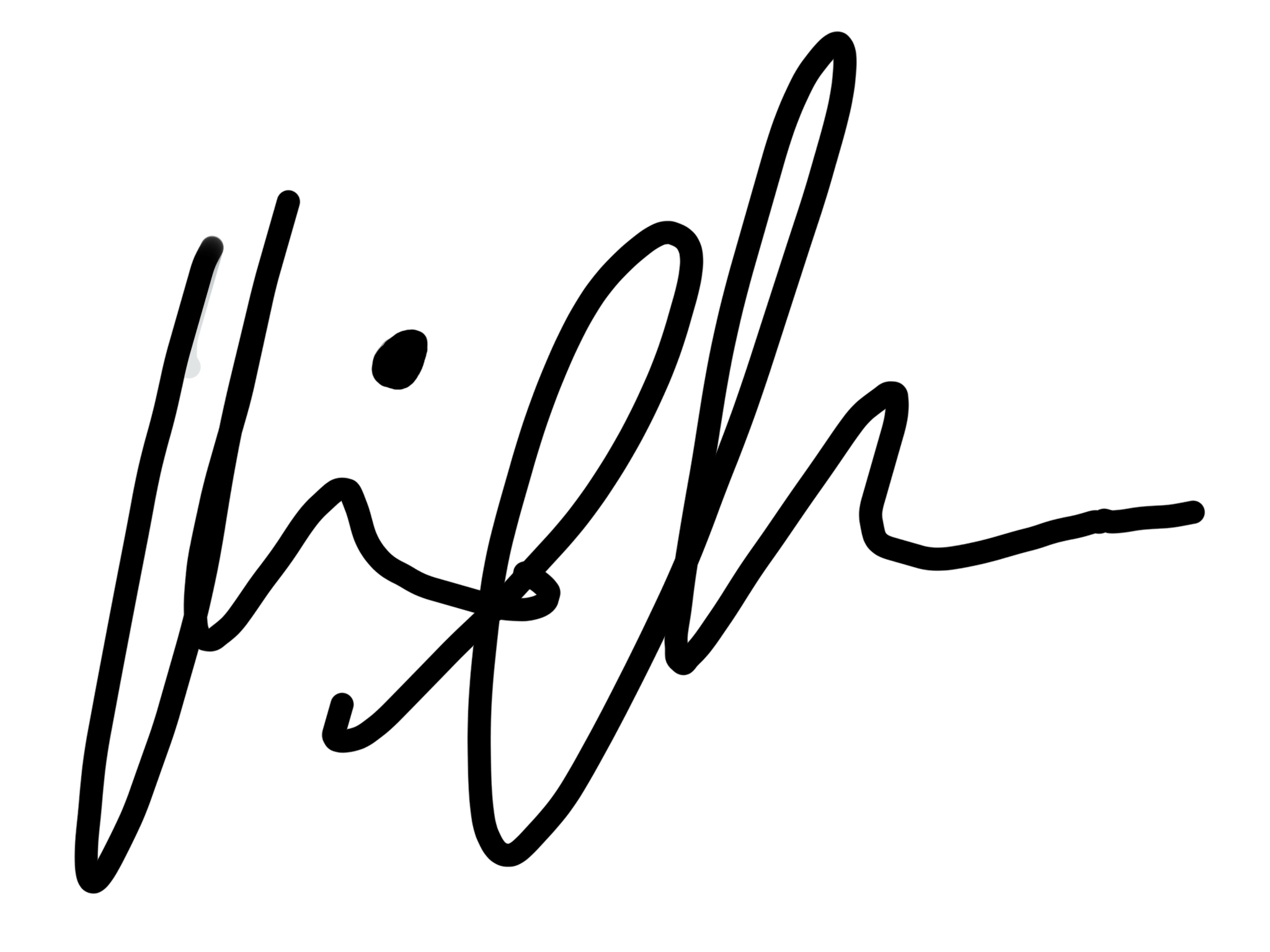We retrieved a wine tasting dataset from Kaggle.com, including wine reviews from WineEnthusiast. We created this wine data report realizing there is not a lot of data strategy used in wine management. In this day and age, being able to collect and interpret relevant data is essential to understanding the ins and outs of any industry.
The goal is to discover relationships between the cost, quality, and characteristics of wine. Understanding this information is vital to forming a strong and effective foundation in the context of wine management.
Here is the full, detailed report and our findings.
5 business questions we decided to investigate:
1. Do higher-scoring wines impact the price of the wine?
2. Are there any trends in where people are drinking particular types of wine?
3. Are wines from specific countries more likely to have higher rankings?
4. Do the characteristics of the wine influence its rank? (i.e. Do more acidic wines receive more points?)
5. Do the characteristics of the wine influence its cost? (i.e. Are more acidic wines more expensive?)
A basic overview of our findings can be found below, please click on the image to see a larger view:

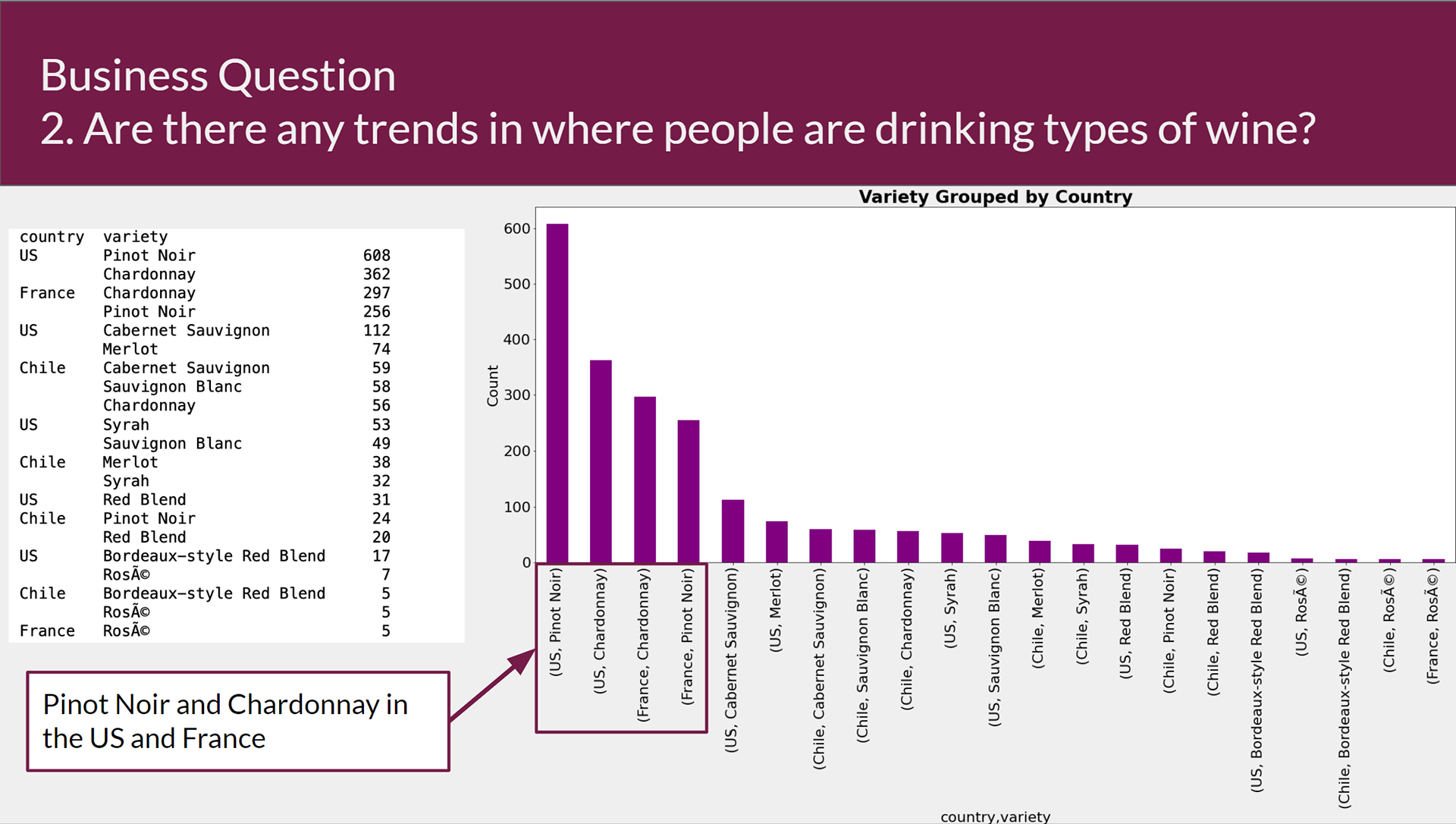
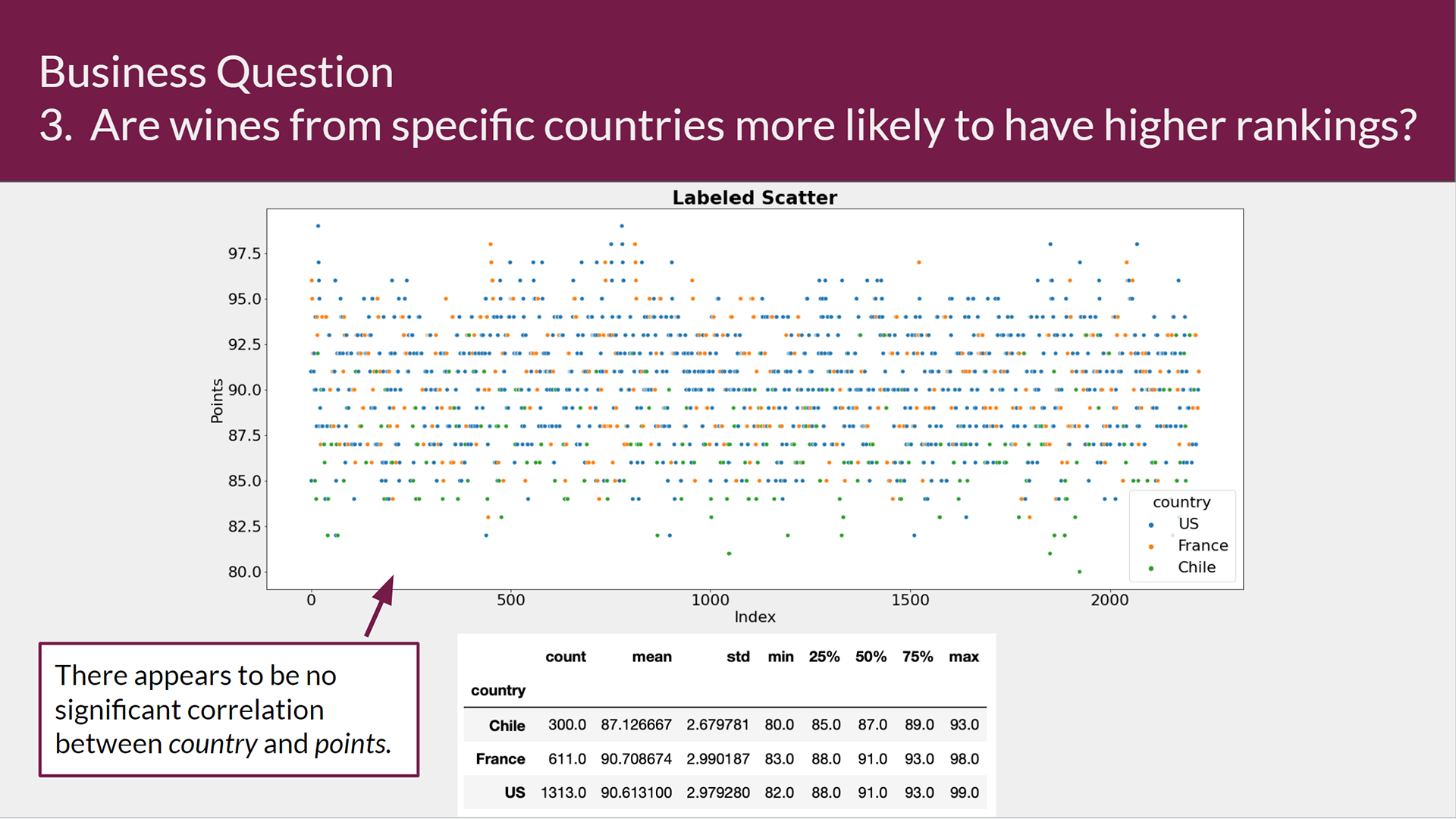
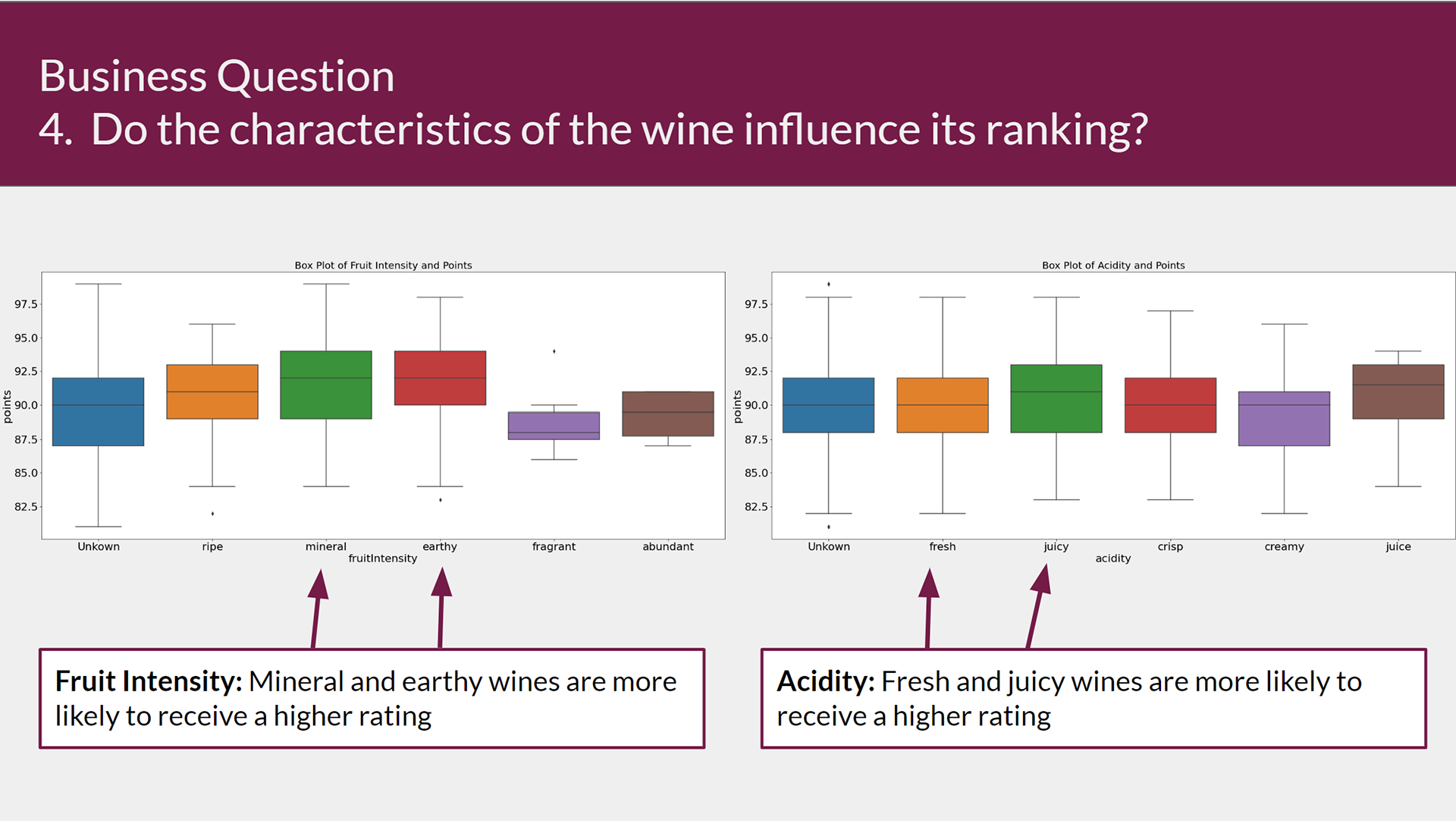
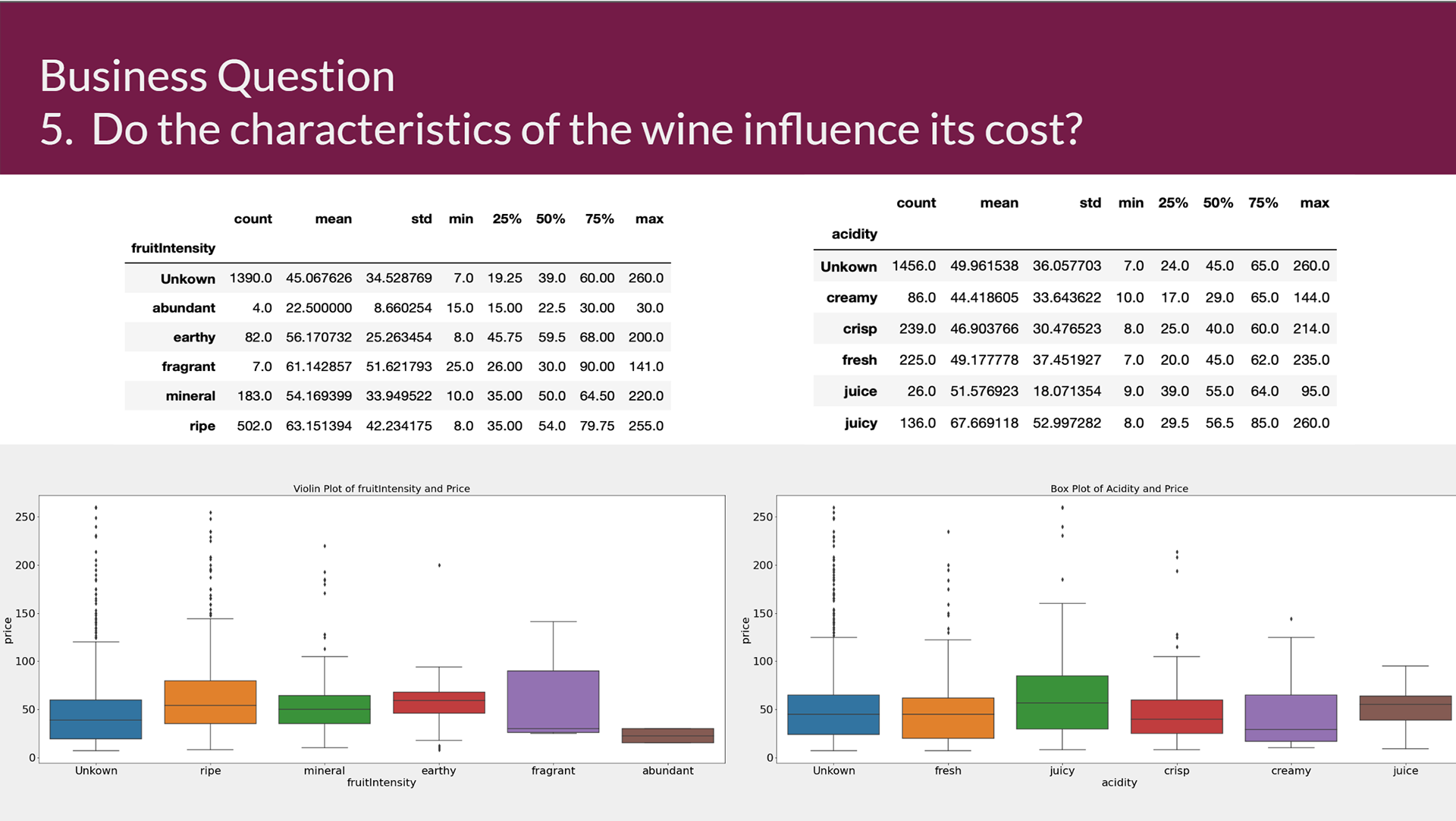
Summary:
This project allowed us to master fundamental concepts from UMass Amherst’s OIM454: Data Mining for Business Analytics course. Specifically, we were able to use the XLMiner extension for Microsoft Excel to implement and interpret models we were taught about in professor Ying Liu’s course. We also explored extracting a wine’s “flavor profile” by creating a text parser in Python to pick out keywords from text descriptions of a wine’s taste. By exploring numerical and qualitative data, we were able to generate holistic, relevant, and easy to understand findings regarding the wine business. We referenced the following chart to identify descriptors:
We spent a significant amount of time preparing and processing the data, learned a fair deal about modeling data and interpreting those models, and mastered real-life applications of the course content. We noted that we could create a more extensive dictionary of keywords relating to Wine flavor profile as a future direction for our project.
As the field of data science expands, we hope that the wine industry will be able to use similar techniques we did to interpret, analyze, and predict the impacts of both qualitative and quantitative data in the context of wine management. Notably, we hope that a future direction in the industry will involve extensive data analysis of the flavor profiles of wine. Such findings could reveal interesting and useful ideas to maximize profits, or simply discover new wines to enjoy. After all, we live in a world that loves to drink wine.
